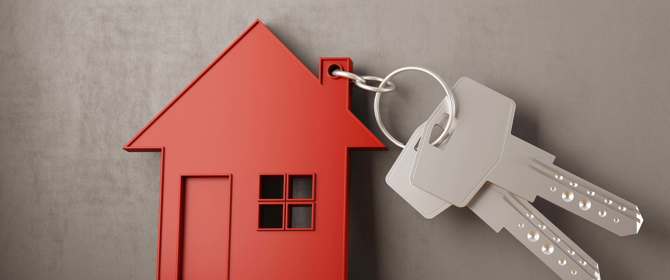Guide to Saving Energy at Home
Take a look at our ultimate guide to reducing home energy usage and lowering your bills!
February 2021
| Money Saving

Moving into a new house can be stressful - whether it’s to an owned home or to a newly rented property. There are a number of factors to organise, including selecting the best energy supplier for your needs.
In this article, we’ll aim to give you one less thing to worry about by providing you with guidance on how to set up gas and electricity in your new home.
You’ll need to inform your current energy supplier of your moving plans at least 48 hours before you vacate the property. You should also provide them with your new address so that they can send you your final bill.
Some suppliers may charge an early exit fee if you leave before your tariff ends, so be sure to ask about this when you speak with them.
On the day you move, you should take a meter reading for both gas and electricity and send these to your current supplier. This is a crucial step as it could save you from being charged for energy used by new occupants. Doing this prevents any future confusion or contention about your final bill.
If you used Love Energy Savings’ energy comparison to select your current supplier and you are happy with your tariff, why not take this energy plan with you to your new home? This process is called a Change of Tenancy (COT) and it will depend on where you are moving to.
Once you’ve moved into your new property, you should take meter readings as soon as possible and inform the energy supplier.
This is the first step in setting up gas and electricity in your new home, rented property or for the very first time, and it will help to ensure that your future bills are accurate. You should do this regardless of whether you are continuing with the current provider, choosing a new one, or taking your former tariff with you.
You should bear in mind that you are likely to be charged for all energy use from the date that you took ownership of the property, not solely from the day you moved in.
If you’re unsure about who your new home’s energy supplier is, you can call 0870 608 1524 to speak to the M Number Helpline from xoserve; they can inform you of your MPAN and MPRN Numbers.
If you haven’t decided to carry your energy deal from your old abode to your new one, you’re likely to be placed onto standard rate tariff, which are notoriously expensive.
To ensure that you get the best energy deal for your new home, you can use Love Energy Savings’ quick and easy domestic comparison tool.
We’ll use details such as your postcode to find you the cheapest energy deal. Take a look at our trusted home and commercial energy suppliers, as well as a breakdown of their terms on our Energy Suppliers Hub.
A Prepayment meter is a pay-as-you-go system that requires you to pay upfront for your gas and electricity using top up keys or tokens. These meters are usually condemned by homeowners and tenants as their rates can be expensive and there are fewer billing options.
We recommend speaking to your supplier to try to get this prepayment meter removed. This should be fairly easy if you own the new house, but it can be complicated if you are renting the property.
Economy 7 meters use a two-tier rate system for electricity to charge you differently during day and night. Nightly rates are usually cheaper. Regardless of your meter type, you can compare energy tariffs with Love Energy Savings to find the best deal for your new home.
Switch & Save with Love Energy Savings?
To find out how much you could save on your energy bills with Love Energy Savings, simply complete our energy comparison tool. Or, you can find more tips on switching energy suppliers by taking a look at the rest of our energy guides and advice.
Related Articles
Take a look at our ultimate guide to reducing home energy usage and lowering your bills!
February 2021
Find out how simple energy saving tips can lower energy costs in your flat or apartment.
January 2021
Get a comparison and start saving now